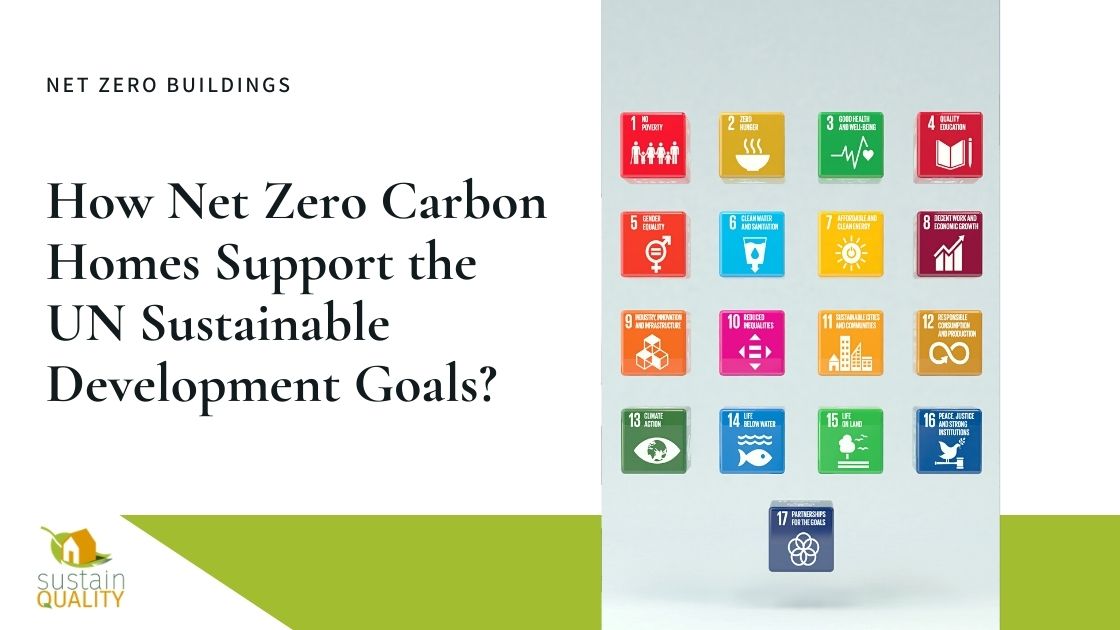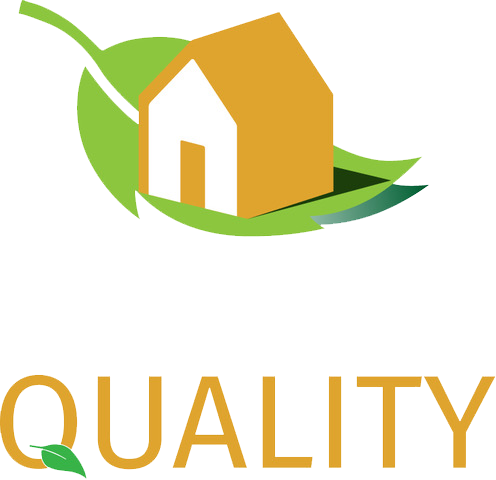In 2015, the United Nations set an Agenda for Sustainable Development for 2030, which included 17 Sustainable Development Goals (SDGs).
These goals would be adopted by all UN member states, with the mission to be in a global partnership to tackle climate change with strategies that will reduce inequality and spur economic growth, all while protecting our planet.
This task has been spurred on by the fact that climate change is happening much faster than anticipated. And, with greenhouse gas levels continuing to rise and the last four years being the warmest on record.
The UK has taken urgent action to combat climate change through the significant objective of achieving net-zero carbon emissions by 2050.
Therefore and as part of this direction, the construction and building sector has been tasked with the aim for all new buildings to be net-zero carbon by 2030. And all existing ones by 2050. This means construction businesses must measure, reduce and offset carbon emissions in the industry and reassess how buildings are designed and constructed.
What Are Net Zero Buildings?
Traditional buildings are responsible for consuming upwards of 40% of fossil fuel energy.
Since net-zero buildings run on their own source of renewable energy rather than fossil fuels, they reduce the need to drill for and burn fossil fuels.
A verified net-zero carbon building is one where the embodied emissions associated with the building products and the construction itself are dramatically diminished and, where needed, offset with other forms of energy i.e. renewables.
Net-zero buildings are those with zero net energy consumption, so the building only consumes the amount of energy that can be produced by its own renewable energy source. The renewable energy source can be on-site or near the structure.
How Do Organisations Create Net Zero Buildings?
Developing net-zero buildings is split into two phases: the construction and the operational stage.
Within both of these, reducing and offsetting carbon emissions is vital.
Organisations can create net-zero buildings by investing in renewable energy sources and access to an electrical grid on-site or nearby that stores energy.
In addition to using renewable energy, organisations should employ energy-efficient technologies such as LED lighting and efficient HVAC units.
How Does Sustainability Consulting Help My Organisation?
When an organisation turns to sustainability consulting, it gains access to a team of professionals that is dedicated to providing services that help organisations save on energy costs.
Sustainability consultants are incredibly knowledgeable in the steps that need to be taken to create net-zero buildings for organisations of all sizes.
From finding the electrical energy storage that fits your needs to determining energy-efficient technologies your building can use, sustainability consulting will be able to identify the best solutions for your organisation. Some of the assessments that may be used to best determine how you can meet net-zero energy include:
- Energy Assessments
- SBEM Assessments (get your free guide)
- SAP Assessments (get your free guide)
- BREEAM Assessments
- Home Quality Mark
A net-zero building is the first step to meeting your sustainability goals. Our dedicated team offers sustainability consulting Nationally that will help you achieve your goals quickly. We can help your organisation reduce carbon emissions and meet other green initiatives. Please do not hesitate to contact us today to set up a consultation.
Fill out the form below to get in touch!






